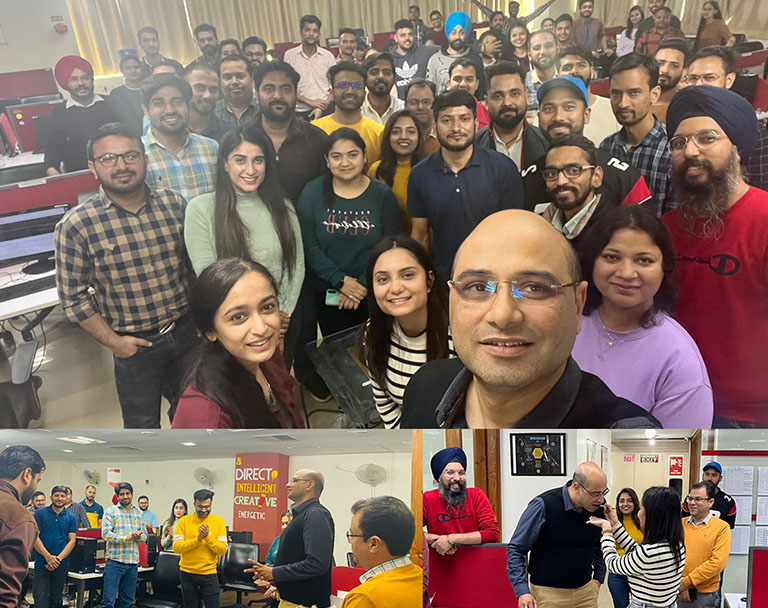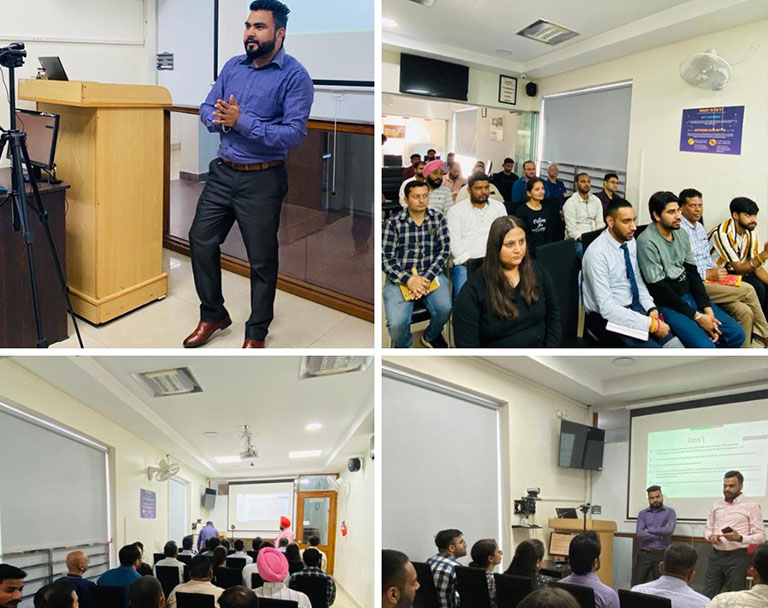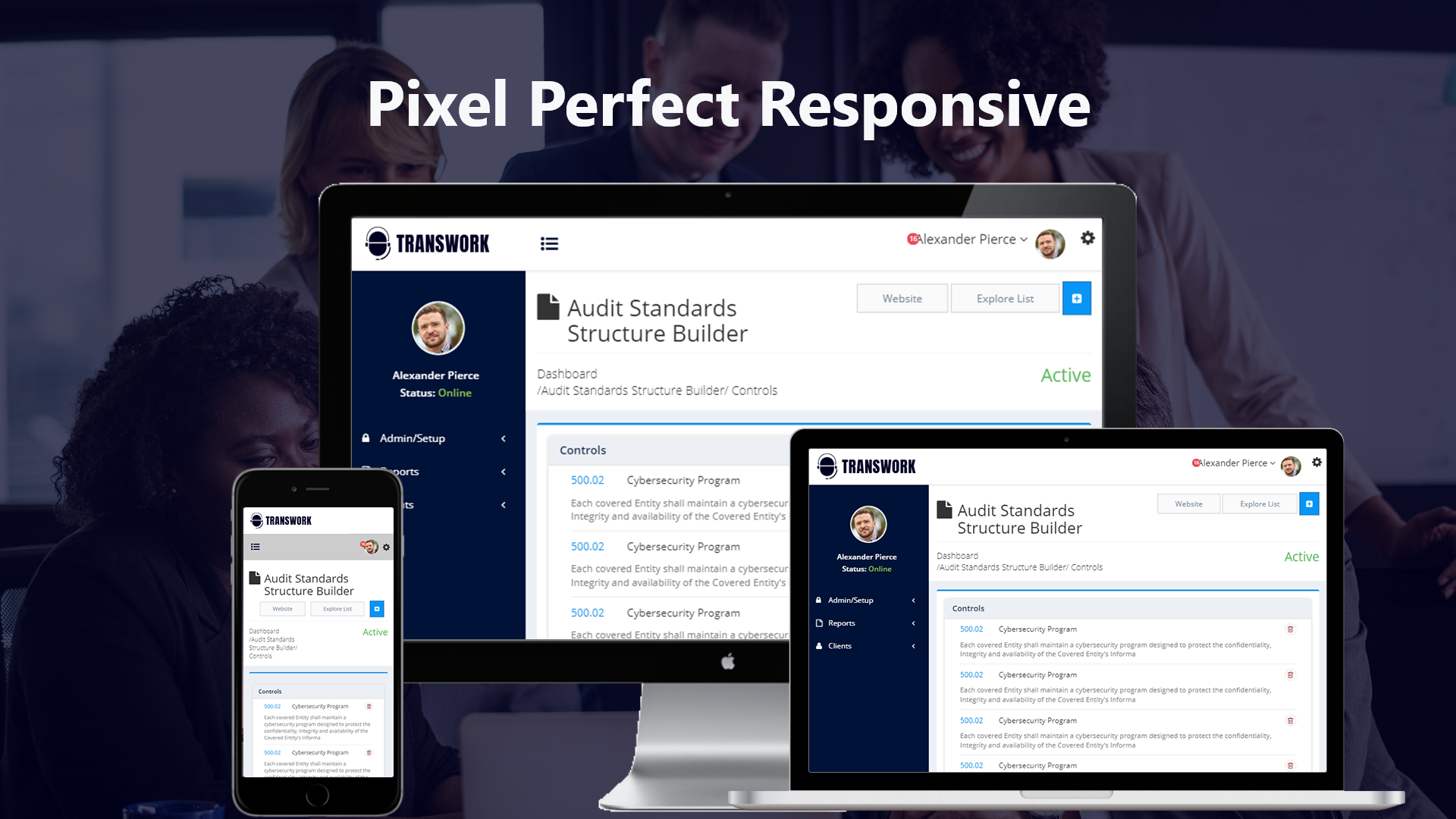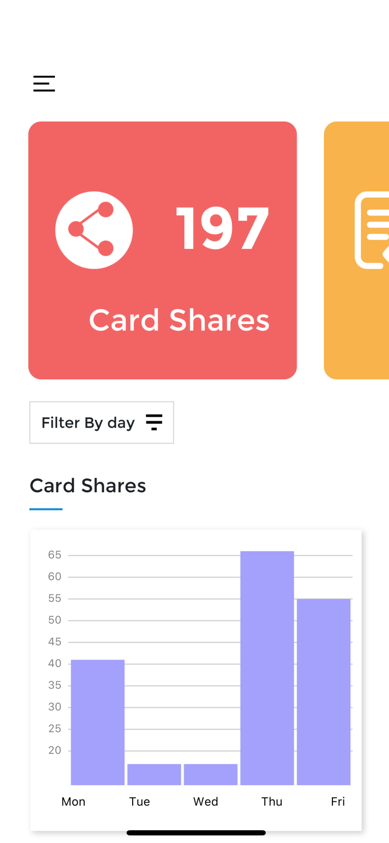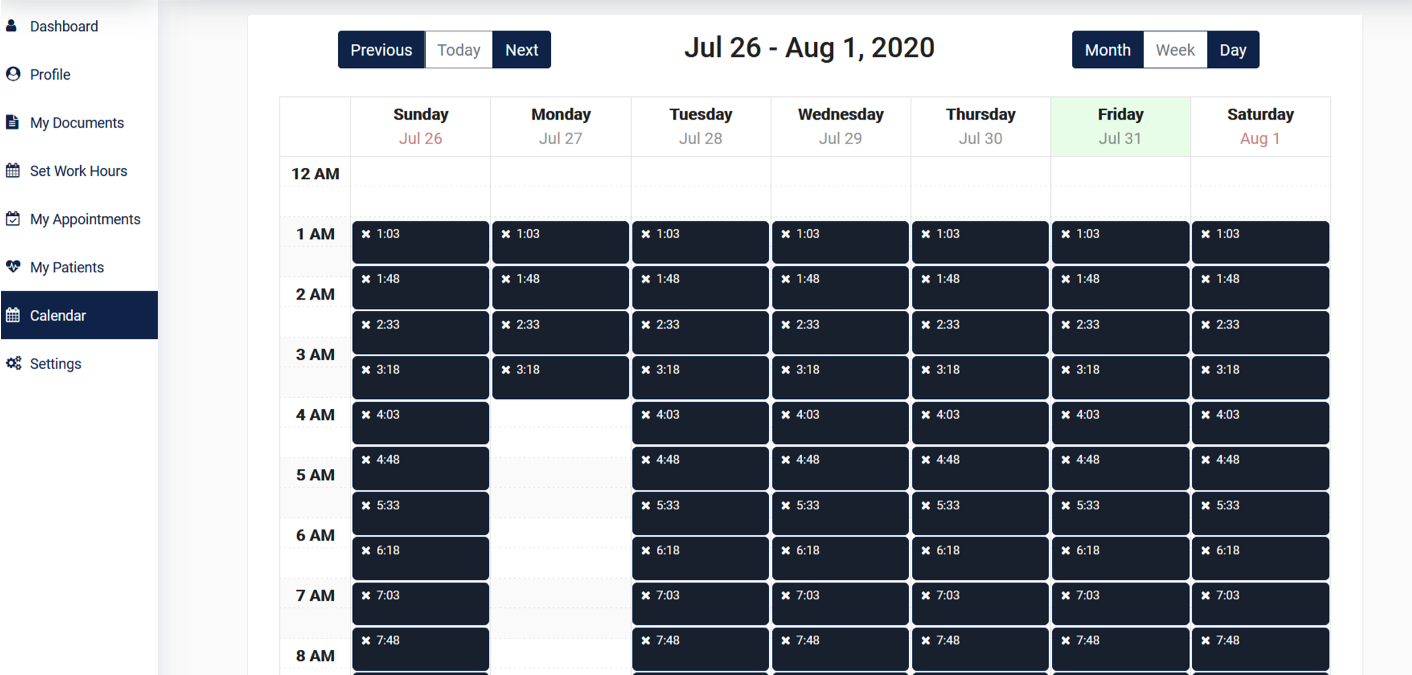How does Interoperability Support Value-Based Care Initiatives
The healthcare industry continues to move from traditional treatment procedures to value-based care. This emphasizes delivering high-quality care that is patient-centred, cost-effective, and evidence-based.
To achieve this goal, healthcare providers need access to accurate and timely patient information. This is where interoperability comes in. The ability of healthcare information technology systems to communicate, exchange data, and use the information that has been exchanged in a meaningful way.
It is a great asset for value-based care as it allows providers to access and use patient information regardless of where it was generated. Providers can use data from a variety of sources to inform clinical decision-making and improve patient outcomes.
In this write-up, we will learn about how interoperability unlocks the capabilities of value-based care for patients and redefine how care is delivered.
How to Achieve Interoperability in Healthcare
Achieving interoperability in healthcare requires collaboration between healthcare providers, technology vendors, and policymakers. Some of the key steps to achieving interoperability include:
- Adopting Standards
Healthcare providers and technology vendors should adopt common standards for data exchange, such as HL7, FHIR, and DICOM.
- Improving Data Quality
Healthcare providers should ensure that patient data is accurate, complete, and up-to-date to enable effective data exchange.
- Ensuring Privacy and Security
Healthcare providers should implement appropriate security measures to protect patient data and ensure privacy.
- Encouraging Innovation
Policymakers should encourage innovation in healthcare technology to drive interoperability and improve patient outcomes.
- Collaborating Across Organizations
Healthcare providers should collaborate across organizations to share data and best practices to drive interoperability.
Benefits of Value-based Care to Patient, Payer and Provider
Interoperability with value-based care can bring a range of benefits to payers, providers, and patients alike. Here are some of the ways that each of these groups can benefit:
Payers
- Improved data sharing can lead to more accurate risk adjustment and more efficient payment models.
- Better coordination of care can reduce the overall cost of care and improve outcomes.
- Interoperability can facilitate more effective population health management, helping payers identify areas for improvement and track progress.
Providers
- Interoperability can streamline communication and collaboration between providers, improve the quality of care and reduce the risk of medical errors.
- Better access to patient data can help providers make more informed decisions about treatment plans and reduce duplication of tests and procedures.
- Improved data sharing can help providers identify gaps in care and intervene earlier to prevent costly hospitalizations or complications.
Patients
- Improved access to their health data can help patients better understand their health and participate more actively.
- Better coordination of care can lead to more seamless transitions between providers and settings, improving the overall patient experience.
- Interoperability can help ensure that patients receive the right care at the right time, reducing the risk of complications and improving outcomes.
Achieve Value-Based Care with our Top Healthcare Solutions
smartData is a trusted healthcare software development company with expertise in delivering the top software solutions that fulfil the need of desired customers to get quality care.
Our team provides a personalized digital experience for every patient integrated with various features like virtual visits, online scheduling, appointment reminders, patient portals, on-call support, remote patient monitoring, revenue cycle management, and enhanced clinical decision support.
You can run your HEDIS® and Risk Adjustment programs all on your own with our software solutions. Our HEDIS analytical platform helps in remediating the gaps in data collection and also calculates the care gap for different payors and EHR systems.
Our team experts also integrated numerous remote monitoring BLE-based devices using SDK/protocol documents, as well as health cloud APIs for tracking patient vitals and data exchange with various EHR solutions using FHIR.
Last but not least, Our expertise in technology enables home care software solutions for tracking overall health trends. Get the treatment same as a hospital at the convenience of your home.
Meet our healthcare team and earn more knowledge about our solutions for optimizing value-based care.
Takeaways of Interoperability to Support Value-Based Care
Interoperability can support value-based care in several ways. Let’s understand the effective pain points that help to achieve quality care.
- Improved Care Coordination
Interoperability improves care coordination by allowing different providers to share information about a patient’s care plan, medications, allergies, and test results. For example, if a patient is discharged from the hospital and needs follow-up care with their primary care provider, the hospital can share the patient’s discharge summary and medication list with the primary care provider which ensures that the patient receives appropriate care and medication management after they leave the hospital.
- Enhanced Patient Engagement
It enables patients to become more active participants in their care and improves their health outcomes. Patients can use mobile health apps or patient portals to access their medical records, schedule appointments, and communicate with their providers.
- Improved Population Health Management
If a healthcare provider identifies a population of patients with diabetes, they can use data from EHR systems and other sources to develop personalized care plans, track their progress, and adjust their treatment as needed.
- Reduced Administrative Burden
This platform reduces the administrative burden on healthcare providers by automating routine tasks and reducing paperwork. Interoperability enables providers to electronically submit claims, share clinical information, and automate prior authorizations. This can reduce the time and resources required for administrative tasks and improve the efficiency of healthcare delivery.
- Improved Data Analytics
Allowing healthcare providers to access and use data from multiple sources to inform clinical decision-making and quality improvement initiatives. Providers can use data analytics to identify patients at high risk of readmission and develop targeted interventions.
Final Note
Overall, interoperability with value-based care benefits all stakeholders in the healthcare system by improving communication, coordination, and data sharing. This can lead to more efficient and effective care delivery, better outcomes, and lower costs.
As the healthcare industry continues to evolve towards value-based care models, interoperability will remain a key enabler of success, helping to drive better outcomes for patients while improving efficiency and reducing costs for payers and providers alike.
Choose us now to get reliable healthcare solutions to transform quality-based care into value-based care.








